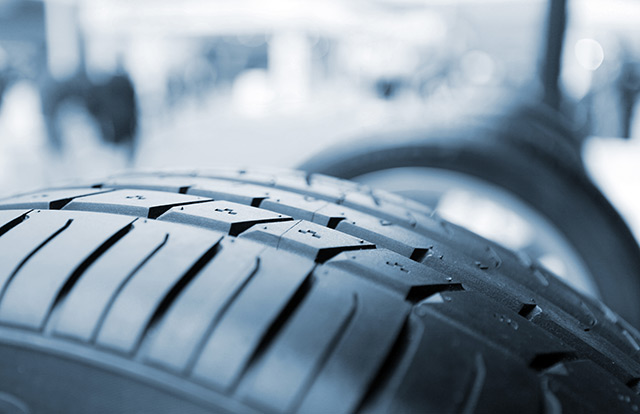
This is nice. I wonder just how they perform when hammering a high curb. That will tear apart a typical tire. otherwise this represents decades of research effort and the benefits are real. assume that these will become standard issue.
during the same time frame we are also transitioning to a full electric fleet for all the lighter vehicles and also to robotic driving as well.
This will all happen during the next decade and none of us will want to retain our gas based systems at all.
This does not mean an equally rapid transition for larger tires, or long haul trucks either. That will take longer. I would like to see robotic air ships taking over the long haul trucking industry. That will take another decade as well.
.
Say goodbye to flat tires: Michelin develops new ‘puncture-proof’ airless tires
Monday, February 03, 2020 by: Arsenio Toledo
Monday, February 03, 2020 by: Arsenio Toledo
Tags: airless tires, breakthrough, car tires, future cars, future tech, goodtech, innovation, inventions, public safety, rubber tires, technology advances, tires, transportation
https://www.naturalnews.com/2020-02-03-michelin-develops-new-puncture-proof-airless-tires.html
(Natural News) Flat tires may soon be a thing of the past.
Michelin and General Motors (GM) have announced the development of a prototype for production-ready airless tires, which could roll out and replace old pneumatic rubber tires by 2025. Both companies say they have been developing the airless tires for the better part of two decades.
Michelin calls their tire the “Uptis,” which is short for Unique Puncture-Proof Tire System. They say that the Uptis can eliminate flat tires and punctures altogether. Michelin and General Motors will be refining the tire and are hopeful that production can begin by 2024.
Designed for passenger cars and small SUVs, Michelin and GM have said that the Uptis can replicate the performance of current pneumatic rubber tires, while also being better for the environment. They believe that the Uptis tires can be bought for cheaper and can last longer. They have also touted several of the tire’s other advantages, such as promoting even wear and improving fuel economy.
Uptis is made from an aluminum wheel wrapped in a composite material made by mixing together rubber with a high strength resin-embedded fiberglass. Instead of the tire being filled with air, a series of spokes will hold the weight of the car. Michelin said that the handling and performance will be similar to a standard pneumatic rubber tire.
Michelin also has plans for developing 3D printing systems that will allow a new tread to be applied to any existing Uptis tire, making it a more sustainable venture as it eliminates the need for people to replace the whole tire. This, according to Michelin, will help cut down on costs, materials and time for both the consumer and the manufacturer.
“The sustainability aspect is critical for the next 10 years,” said Eric Philippe Vinesse, executive vice president of Michelin. “We have an ambition in the next 30 years to be 80 percent renewable in everything. We need to move towards a more sustainable future where we can provide solutions that have less impact on the environment overall. There’s a global benefit for society and everybody.” Vinesse has said that the Uptis prototype represents a major step towards realizing a future wherein both the tire and the wheel can be replaced by a full assembly unit for passenger vehicle use.
Benefits of airless tires
Airless tire technology has been around for a long time as an experimental concept. Tests were done during the 1930s and ’40s for airless tires that were designed for use on military vehicles due to the specific advantages that they can provide. Michelin and General Motors believe that, with the Uptis, civilian vehicles can experience these benefits.
Firstly, airless tires will be easier to produce, as they require fewer raw materials and will use up less energy during their production. This will be greatly beneficial as it will lessen costs for manufacturers and consumers alike.
Furthermore, pneumatic rubber tires, in most circumstances, cannot be repaired. Once you’ve punctured your tire it is far easier to have it replaced. Airless tires will reduce the number of scrapped tires. This can be attributed to the fact that airless tires eliminate the possibility of damage from blowouts, punctures, inflation issues and sudden flats. Michelin itself has claimed that if their plans for 3D printing systems can push through, the whole production cycle of Uptis can potentially eliminate an estimated 200 million tire replacements every year.
Sources include:
DailyMail.co.uk
AutoExpress.co.uk
Jalopnik.com
NewAtlas.com
No comments:
Post a Comment